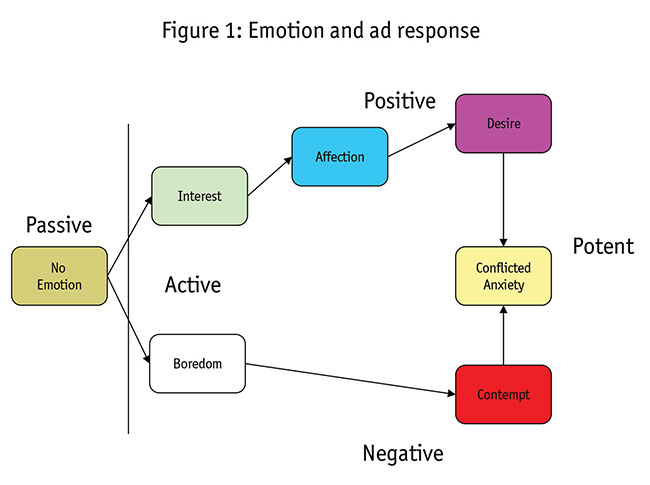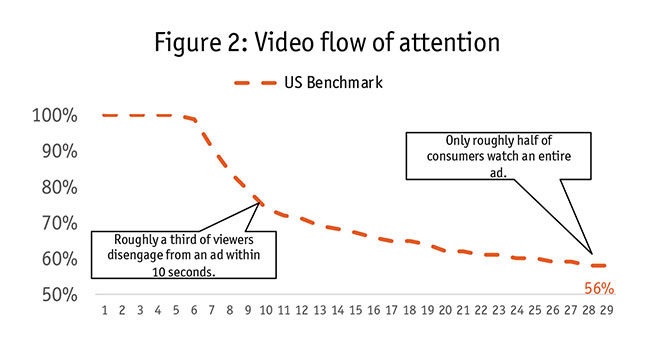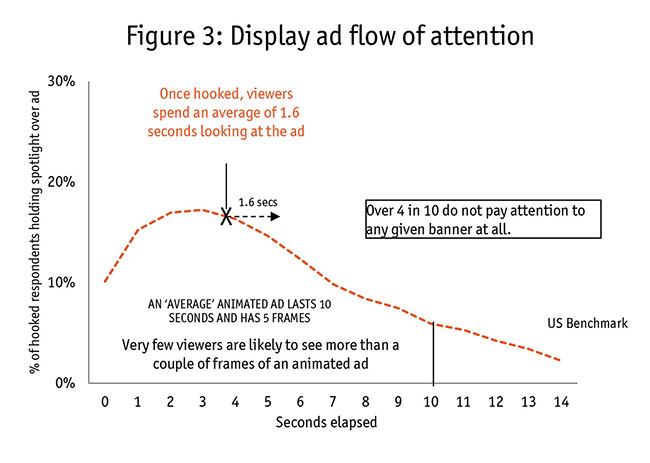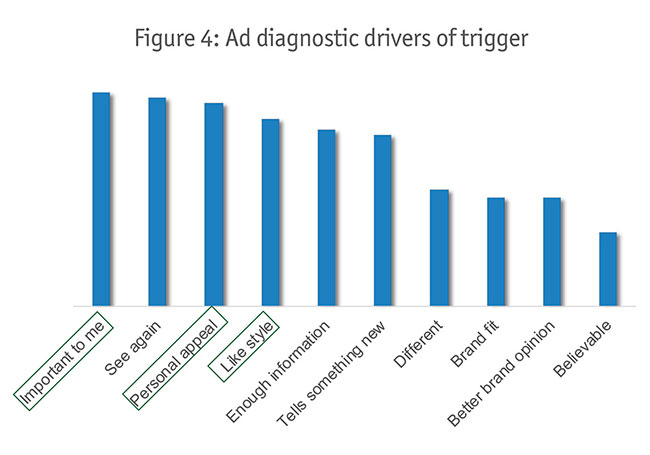More than clicks
Editor's note: Based in Redmond, Wash., Jon Brand is senior vice president on GfK’s Marketing Effectiveness team in North America.
 Radical changes in media, technology and consumers’ lives have made it much more difficult to launch successful ad campaigns. Marketers have been particularly concerned with figuring out who has been exposed to an ad and how those consumers responded – a focus strongly connected to the big data revolution. With digital advertising now commanding close to $450 billion in annual spend, the demand for some kind of provable ROI is palpable.
Radical changes in media, technology and consumers’ lives have made it much more difficult to launch successful ad campaigns. Marketers have been particularly concerned with figuring out who has been exposed to an ad and how those consumers responded – a focus strongly connected to the big data revolution. With digital advertising now commanding close to $450 billion in annual spend, the demand for some kind of provable ROI is palpable.
All of this necessary attention to targets and demos – dissecting what happened and at what cost – has distracted from the content that drives consumer actions and reactions: digital creative. With advertising showing up in more places – and consumers exposed to more media every day – creative quality is more important than ever before. And while some analytic techniques have grown more sophisticated, marketers continue to rely on old-school approaches, such as test and replace, to evaluate digital advertising; exposure and click-through are often the key metrics in deciding which ads work. There is no real learning on what drives creative effectiveness or the broader impacts of advertising beyond clicks.
Optimize everything
In today’s advertising world, creativity is not just about 30-second video ads; we need to be concerned with how to optimize everything from six-second bumper videos to long-form efforts. Marketers need to study static display ads as well as interactive and animated banners. And we need to understand how advertising works in different environments, from TV, PC and mobile to traditional Web pages to social media to marketers’ own Web sites to landing pages. It is not that media measurement is not important, we just can’t forget about the creative.
The proliferation of consumer exposure to branded messages has also led to increasing anger about intrusive advertising. Consumers are just plain ignoring ads at a huge rate; according to Media Dynamics, they are exposed to 362 branded messages a day but only truly pay attention to 12. And GfK Consumer Life research shows that eight in 10 consumers believe they “don’t even notice or pay attention to [ads] anymore.”
In this challenging environment, it is critical to evaluate advertising in ways that reflect the new reality. The industry’s focus, first and foremost, needs to be on an ad’s ability to attract and keep consumer attention. If a consumer does not engage with an ad, no other diagnostic is really going to be important. Marketers have long complained that copy testing has not been innovating to keep up with changes in the ad world.

Given these conditions, we defined a set of capabilities that ad creative measurement needs to embrace to assess today’s campaigns and incorporated them into our new Ad Fit Optimizer system. They include:
- Measuring consumer engagement with an ad behaviorally, establishing the degree to which the ad hooks and holds consumer attention.
- Moving away from the common approach of forcing consumers to watch entire ads. If they do not watch full ads naturally, then why would we demand that they do so in research?
- Enhancing past industry approaches – which were dominated by cognitive assessments – with behavioral measurement and System 1 metrics.
- Quantifying the important role that emotions play in how consumers respond to video ads (Figure 1).
More naturally
We also feel it is essential to move away from the historical approach of exposing ads in clutter. While consumers do ultimately see ads along with other stimuli, there are aspects to the native environment that influence interactions with ads. To address this we recommend approaches for exposing ads more naturally:
• Expose banners in context of a fully mocked-up Web page, including pictures, headlines, articles and other ads.
- Test video ads in a pre-roll environment. We have determined through online tracking of tested ads that this pre-roll environment works for both online video and TV. The key to this approach is exposing the ads in an actual environment where we can then actively measure behavioral response. Pre-roll video testing is conducted on both PC and mobile devices.
- Test banners and video in a dedicated mobile Web page environment. This can be either a traditional news feed or a social media environment.
- Employ a “FIT” evaluation construct, consistent across ad types, that addresses an ad’s ability to fascinate, imprint and trigger a response.
- Leverage technology for timing and cost.
Since launching the system two years ago, we have tested over 600 ads. We have been mining this database to create learning on how advertising is working today. Here are a few of the insights we have gleaned:
The 50 percent conundrum. Only roughly half of consumers ever look at a banner ad when exposed to it (Figure 2) and roughly the same number watch an entire video ad. While of course we need to know how many are exposed to an ad, it clearly is imperative to also understand how ads attract attention.

Brief encounters. On average, consumers only spend 1.6 seconds looking at banner ads. With the growing trend to use animated rather than static banners, this means that consumers are typically only seeing one to two of the frames (Figure 3). Therefore, it is not surprising that animated banners have lower branding than static banners. We have found that animated ads with fewer frames are actually more effective.

Making it personal. Often ads focus on interesting creative ideas or key product benefits. But we have found that if either of these is not personally relevant to the viewer the impact of the ad diminishes (Figure 4).

Let’s get emotional. Much has been written over the years about advertising needing to connect emotionally and we have found that emotions do play a key role in both keeping consumer attention and in driving a response. Ads that either fail to create an emotion or are viewed as boring have far lower impact.
Understand emerging concerns
With the ad world evolving so quickly, questions keep arising that marketers need to take on to be more effective. We are working with clients to understand emerging concerns such as ad size, placement, Web environment, length and more. We have also identified some key areas where we will be releasing insights in the near future.
- Most ads have historically been tested on PC computers but video ads are watched on TVs most often – and the fastest growing segment of advertising is shown on mobile devices. We have taken this to heart and done research to understand the impact of screen size on how consumers interact with ads. This project will eventually report on differences in how ads were rated based on having seen them on smartphones, PCs and smart TVs.
- With emotions playing an important role in advertising, we have executed a deep-dive study on how emotions effect advertising and what exactly does drive emotions.
In the ever-evolving advertising world, it is important that we continue to have a clear understanding of how to create effective campaigns that keep up with these changes. Producing engaging creative has never been more important and understanding the contexts and audiences for those ads is an essential part of effectiveness. The industry needs to keep pushing the boundaries – and testing its own assumptions – to stay a step ahead of the consumers they absolutely must reach.
